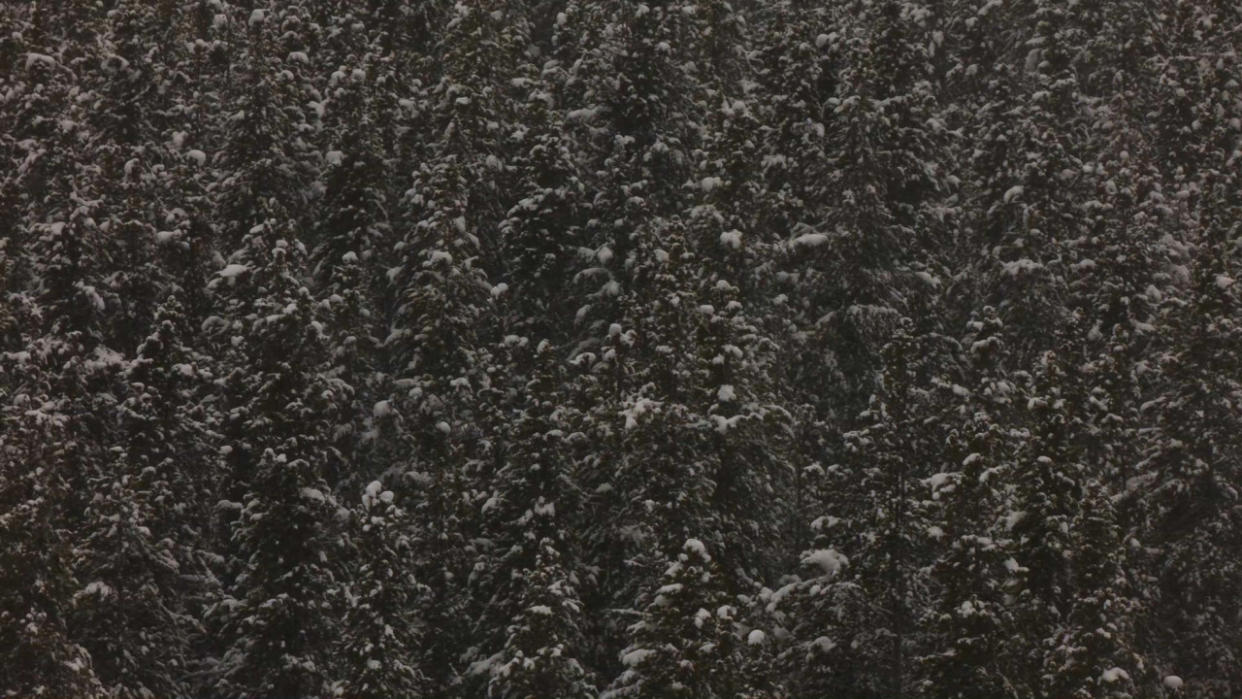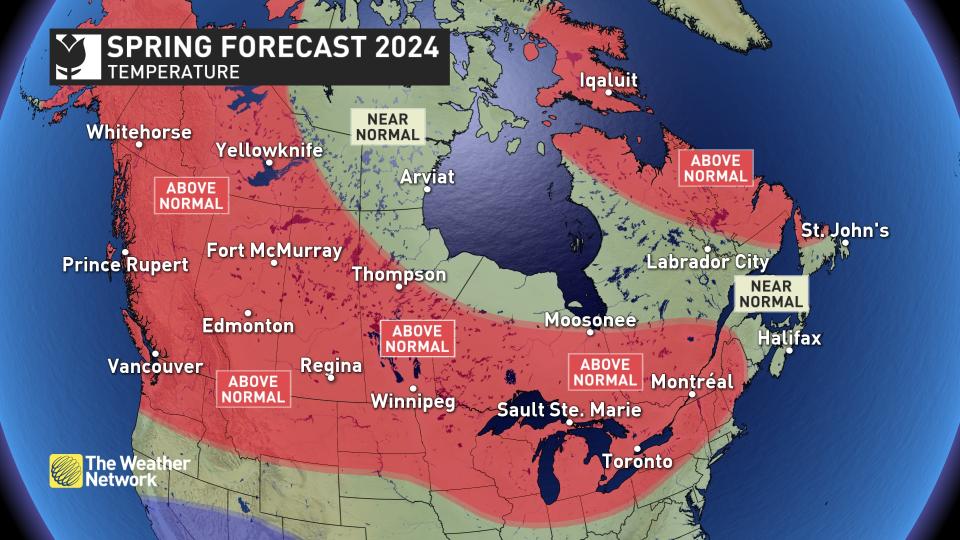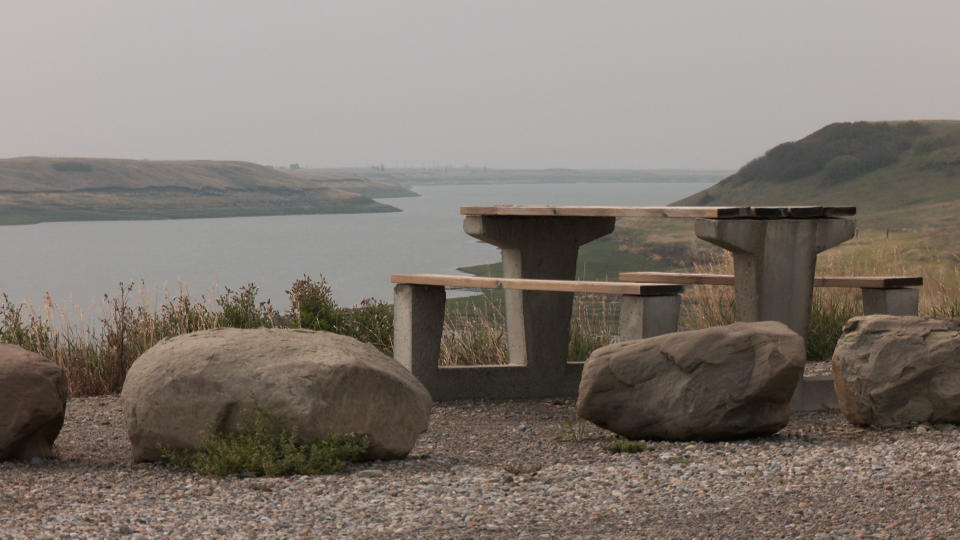What recent snowstorms mean for the drought and wildfire risk in Western Canada

The snowstorms that have hit British Columbia and Alberta over the past week have left some mountain areas with a near normal snowpack.
However, experts say that if long-term forecasts for Western Canada pan out, increased drought and wildfire risk are still in the cards.
"It was a good snowfall. In some cases it was up to 70 cm of fresh depth. So, depending where you were in the Rockies, that took some of Alberta environment’s snow pillows up to normal levels, which is very good," said John Pomeroy, who directs the University of Saskatchewan’s Centre for Hydrology.
"However, it’s still insufficient to break the drought in that we need well above-normal snowpacks to do that. This is a movement in the right direction but doesn’t alleviate the possibility of a river drought and hydrological drought downstream."

Snow pillow data from Kananaskis Provincial Park shows recent snowfall has boosted the level of moisture stored in the snowpack to around average. (Alberta Government)
SEE ALSO: How the tropics help produce big springtime snows on the Prairies
Lower than average precipitation and above average warmth last year left water storage sources low heading into winter in the west. Rivers and reservoirs across B.C. and Alberta need above-average precipitation, Pomeroy says, to return to levels that can meet average demand.
Alberta government data shows some of the province’s reservoirs are below half of total capacity, in some cases with volumes more than 30 per cent lower than at this time last year.
Even if the region sees a few more significant snowfalls in the coming weeks, there's another factor that could increase the drought risk this year — temperatures. Long-term forecasts for the season ahead again indicate warmer than average temperatures in Western Canada this spring.

SPRING 2024: Get an in-depth look at the Spring Forecast, tips to plan for it, and much more!
That is, even an average snowpack can’t help industry, agriculture or the public if all of that water flows by in late spring and early summer.
"The other thing to remember is that last year we had slightly below normal snowpacks, but the big impact came because it melted a month early because of the warmth - exceptional, record warmth in May in the Rockies," explained Pomeroy, who is also the Canada Research Chair in Water Resources and Climate Change.
"We could potentially have a repeat, which would essentially add an extra month of summer to the mountains and that got us into trouble with water supply last year, which could repeat or be worse this year."
Without a significant course change in the Rockies, Canadians between the Pacific Ocean and the Great Lakes could again be in for a season of water use restrictions, irrigation challenges, heightened mountain wildfire risk, and decreased hydroelectric power generation.
RELATED: How growing cattle feed indoors could help ranchers keep herds during drought
Pomeroy added that data shows snowpack in Alberta’s boreal forest region, where the majority of its wildfires occur, has also been boosted in recent weeks, but is still below average.
He said meteorological analyses also show snow-free patches in southeastern Alberta and southern Saskatchewan, and large areas north of Edmonton have seen less than 10 mm of snow water equivalent.
"In the southern boreal forest, so northern Alberta, Saskatchewan and B.C., it’s still really dry, with low snowpacks," Pomeroy said.
"I’d say northern Alberta is still at great risk for wildfire. The mountains have been helped out quite a bit, and that will help the rivers, but that doesn’t help the farmers unless they irrigate, and it doesn’t help the wildfires unless they’re in the mountains."

Alberta’s Pine Coulee reservoir sat at 29 per cent of its total capacity March 5, 2024, a 34 per cent decrease over this time in 2023. (Connor O’Donovan/The Weather Network)
Meanwhile, the city of Calgary also addressed snow levels and the possibility of drought this week.
In a Monday news release, the city said snowpack monitoring shows “little drought relief” from the recent snow, that the flows of Bow and Elbow Rivers continue to trend below average, and that Calgarians could again see water restrictions this year, this time as early as spring.
This week the Alberta government introduced a $125 million grant drought and flood protection program. Alberta communities can apply for program funding for infrastructure projects that provide long-term defense against flood and drought, such as building flood barriers or digging wells to access groundwater.

